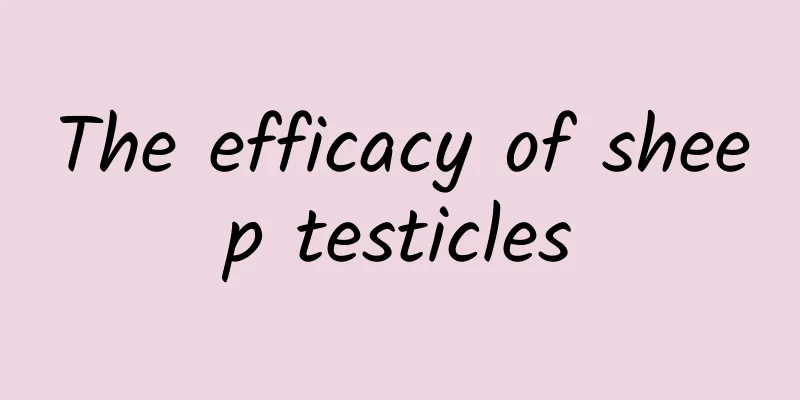What are the symptoms of cerebral infarction and how to treat it

|
Cerebral infarction is a disease we often hear about in our lives, and this type of disease is more common in the elderly. There are many causes of the disease, and it takes some time to treat it. So what are the symptoms of this disease? Clinical manifestations Different types of cerebral ischemia have different clinical manifestations. 1. Transient ischemic attack (TIA) The main manifestations are short-term, transient localized neurological dysfunction, which lasts no more than 24 hours. The symptoms resolve on their own without leaving any positive neurological signs. TIA can occur repeatedly with irregular intervals. (1) Carotid TIA may cause sudden numbness, weakness, sensory disturbance, monocular blindness, and aphasia in the contralateral limbs. (2) Vertebral artery TIA causes sudden vertigo, diplopia, binocular blindness, ataxia, dysarthria, and dysphagia. There may also be homonymous hemianopsia. The site of mild paresis is not constant with each attack and is often accompanied by occipital headache. 2. Reversible neurological dysfunction (RIND) The onset is similar to a stroke, and the clinical manifestations are similar to those of TIA, but the neurological dysfunction lasts for more than 24 hours and generally returns to normal in about a week. CT or MRI scan of the head can reveal small infarcts in the brain. 3. Progressive Stroke (SIE) Neurological dysfunction develops gradually and worsens in a step-like manner, and it takes more than 6 hours for the disease to reach its peak. The main causes are internal carotid artery and middle cerebral artery obstruction. 4. Complete stroke (CS) Sudden onset of moderate or above localized neurological dysfunction, which peaks within 6 hours. The neurological dysfunction then persists for a long time and rarely recovers. The main manifestations include hemiplegia, hemianopsia, aphasia, sensory impairment, and often impaired consciousness. treat Patients with cerebral ischemia in the early stages of the disease should be given active medical treatment in order to prevent further development of cerebral ischemia. Reduce brain damage. The treatment plan should be determined according to the different causes, pathogenesis, clinical types, onset time, etc. of the patients, and individualized treatment should be given. |
<<: What are the specific symptoms of cerebral palsy in premature babies?
>>: What abnormal postures do patients with cerebral palsy have?
Recommend
What to do if red spots suddenly appear on your legs
If red spots suddenly appear on your legs, this m...
Precautions for taking ovulation-promoting Chinese medicine
Many infertile female friends will use some ovula...
What are the precautions for intravenous calcium supplementation?
Veins are very important for health because the h...
How to treat hair loss and what medicine to take
If you want to maintain your personal image, you ...
Treatment of intracerebral hemorrhage
As we all know, the brain is very important to ou...
What to do if you have a sun headache?
Summer is the time when ultraviolet rays are the ...
Can I get pregnant if I have recurrent genital herpes?
Genital herpes, as the name suggests, means herpe...
The efficacy and function of wild rose root
Chinese medicinal materials are unique medicines ...
Why does urticaria recur?
Many patients who have suffered from urticaria kn...
What does too much sex lead to?
Sex life is supposed to be a happy thing. Moderat...
What to do if you have no milk after a normal birth
Gold, mercury and silver are not as good as mothe...
Menstrual blood is light pink and very thin
Adult women have menstruation every month, except...
What causes premature ejaculation in men?
Harmony of sexual life is very important between ...
The incubation period of fake hyaluronic acid injection
Hyaluronic acid is known as a beauty product and ...
Aminophene and pseudoephedrine oral solution
A cold is a common exogenous disease with nasal c...









